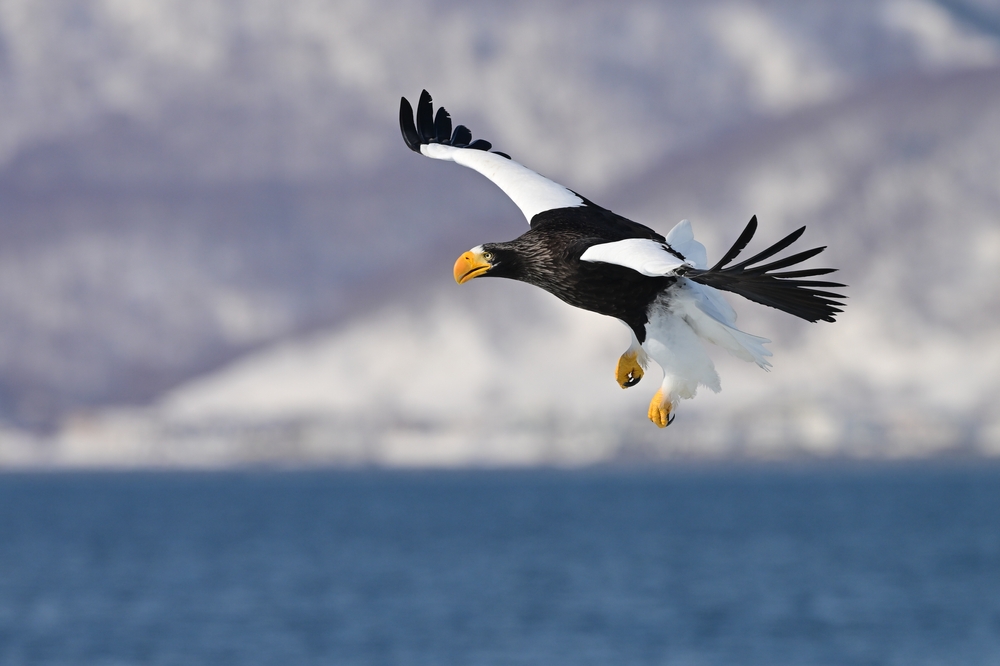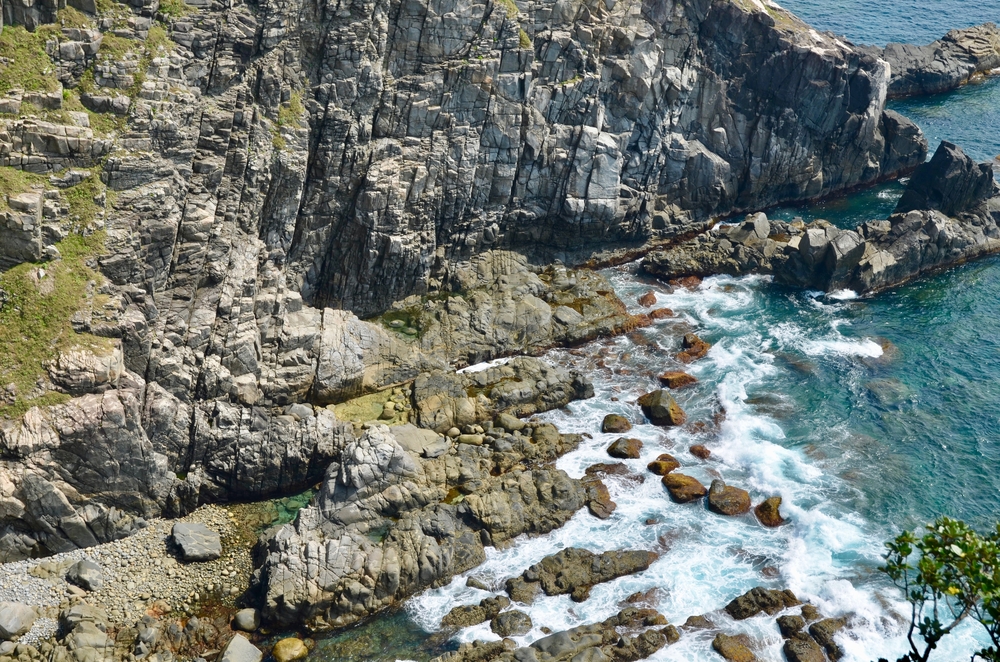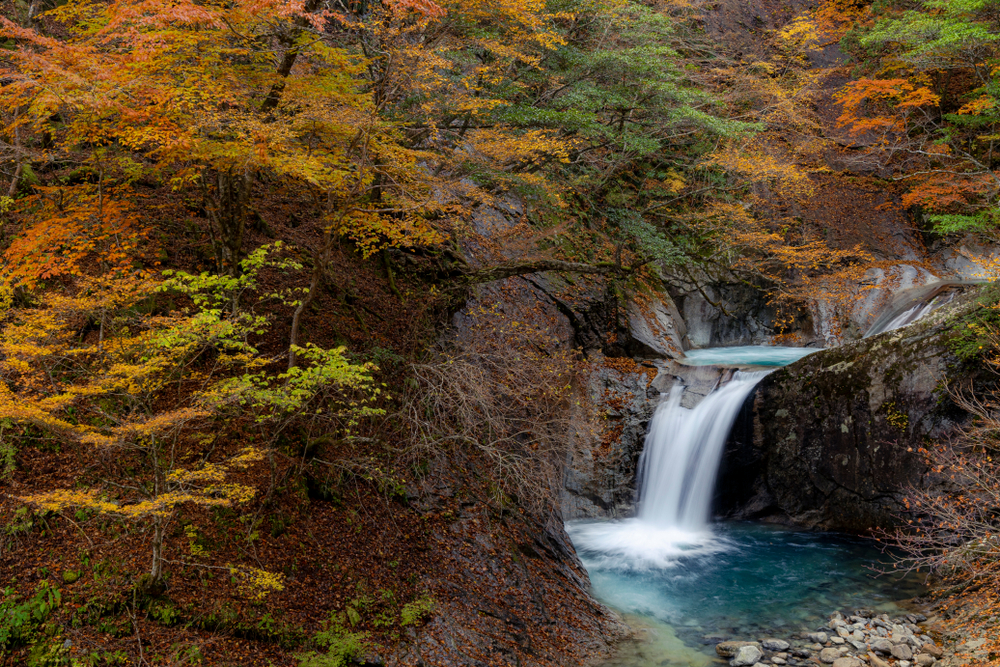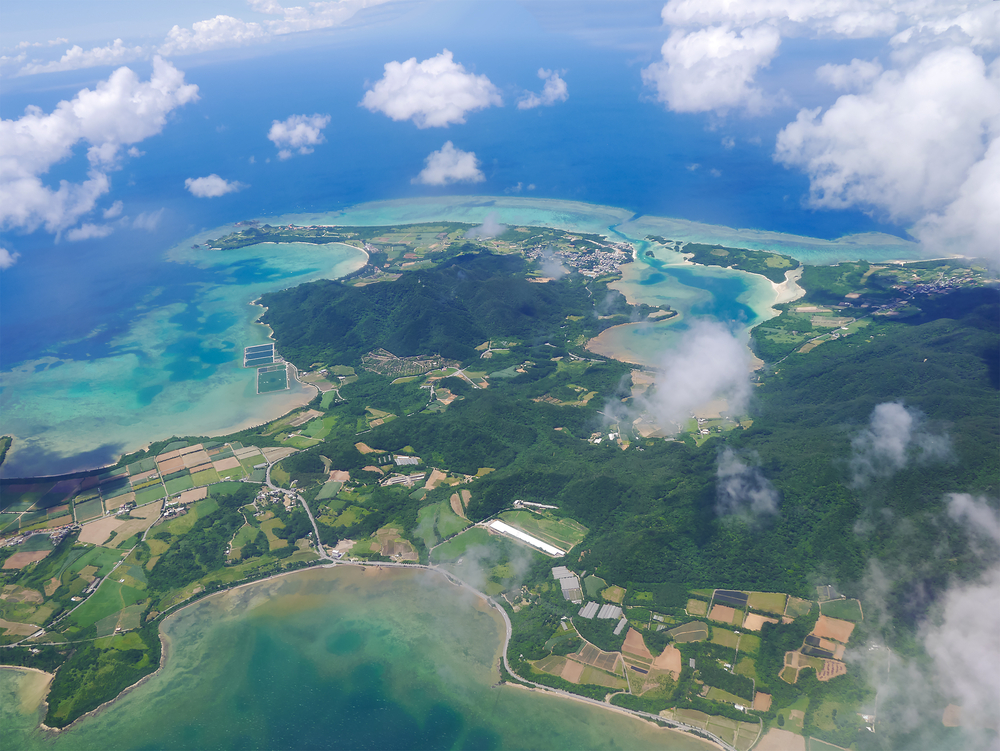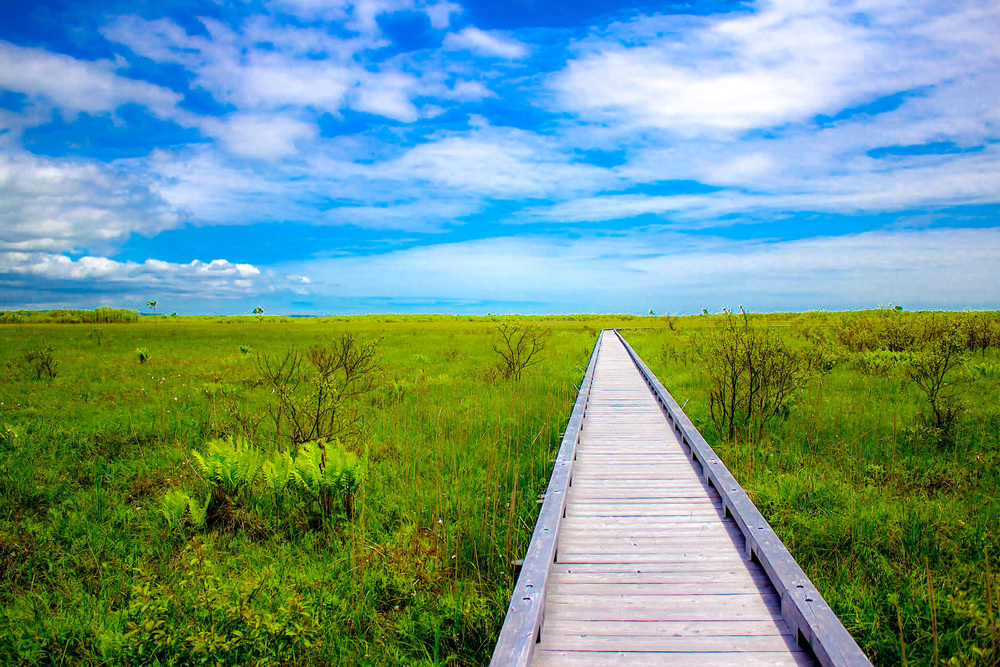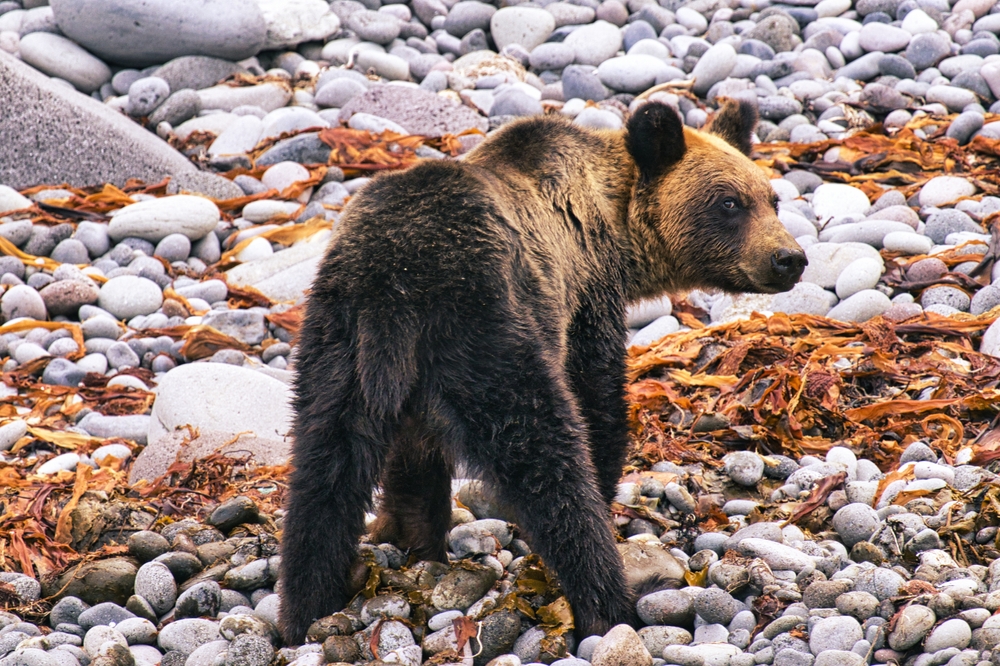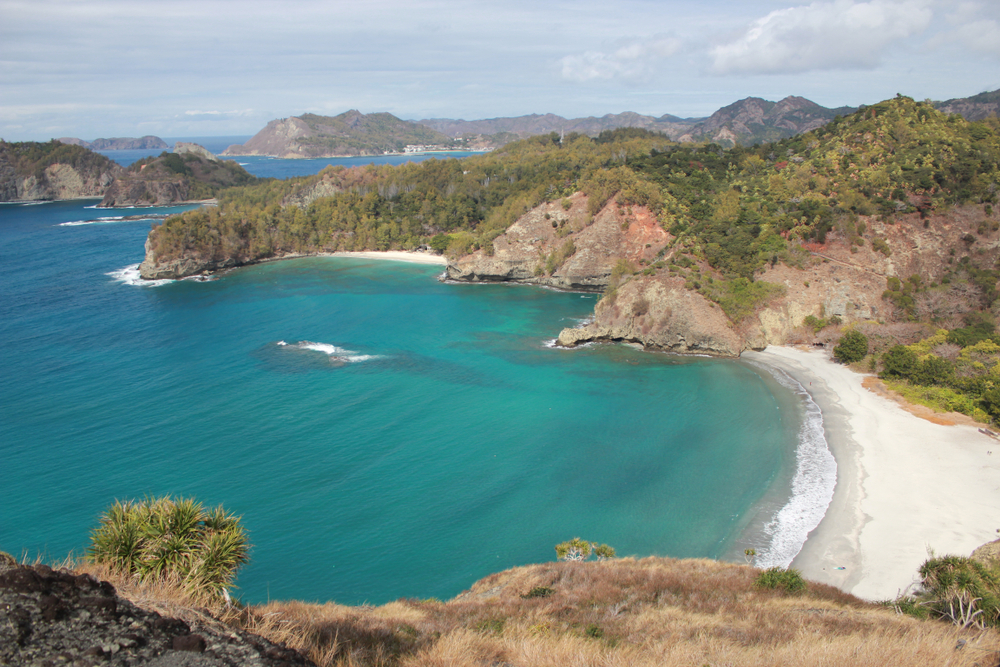Sanriku Fukko Overview
Sanriku Fukko National Park, located in Japan, is a sprawling coastal haven stretching along the northeastern coast of Honshu Island. This park, whose name translates to “Sanriku Reconstruction National Park,” spans approximately 270 square miles (700 square kilometers). The park was established in 2013 as part of a recovery initiative following the devastating Great East Japan Earthquake and Tsunami of 2011. It is situated across the prefectures of Aomori, Iwate, and Miyagi, embracing a diverse and dramatic landscape shaped by both natural beauty and resilience.
The terrain of Sanriku Fukko National Park is defined by its stunning coastline, characterized by rugged cliffs, hidden coves, and sweeping beaches. The park is most famous for the Rias coastline, a series of deeply indented bays and inlets that create breathtaking vistas and harbor rich marine life. Key features include the Kitayamazaki Cliffs, towering over 650 feet (200 meters) above the Pacific Ocean, and Jodogahama Beach, known for its unique rock formations and crystalline waters. The park also includes forested areas and rolling hills that provide a lush contrast to the coastal scenery. Pine trees dominate much of the vegetation, alongside seasonal flowers that add splashes of color, particularly during spring and summer.
The park’s diverse ecosystems support a wide array of wildlife. Visitors may encounter Japanese macaques and sika deer in the forests, while the rocky shores and ocean waters are home to seals and various fish species. Bird enthusiasts can spot black-tailed gulls, Japanese cormorants, and the iconic Steller’s sea eagle during migration seasons. The intertidal zones teem with life, offering glimpses of crabs, sea stars, and vibrant sea anemones. The combination of terrestrial and marine habitats makes the park a prime destination for nature enthusiasts and wildlife watchers alike.
Sanriku Fukko National Park is rich in cultural and natural highlights. Visitors flock to the Goishi Coast, where smooth, rounded stones produce musical sounds when waves crash against them, a phenomenon locally known as “singing sands.” The Tanesashi Coast offers picturesque walking trails with views of both sea and meadow. In addition to its natural attractions, the park features historical landmarks, such as ancient fishing villages and sacred Shinto shrines, which provide insights into the region’s deep cultural heritage.
There are various ways to explore the park, from scenic drives along the coast to hiking trails that traverse its rugged terrain. The Michinoku Coastal Trail, which stretches over 600 miles (1,000 kilometers) through the park, offers unparalleled opportunities for long-distance trekking and connecting with local communities. Boat tours allow visitors to appreciate the dramatic coastline from the sea, and snorkeling or kayaking reveals the rich marine life hidden beneath the waves.
Sanriku Fukko National Park stands as a testament to the region’s recovery and resilience in the face of natural disasters. While the park has made strides in conservation and ecological restoration, challenges remain, such as protecting its biodiversity from climate change and balancing human activity with the need to preserve its unique landscapes. Efforts to restore damaged ecosystems, including coral beds and forested areas, have been notably successful, bolstered by community engagement and sustainable tourism initiatives.








































































